Tom's Guide Verdict
Elden Ring Nightreign takes the Souls formula in a new direction, blending rogue-like elements of Hades with the closing ring as seen in Fortnite to deliver a multiplayer challenge all its own. But with runs inevitably feeling time-consuming and pointless unless successfully besting a boss, and little else on offer in terms of replay value, Nightreign leaves a mixed impression.
Pros
- +
Incredible three-player cooperative action
- +
Eight tough Nightlord bosses that test your skill
- +
Eight playable characters to sink your teeth into
- +
Refreshing twist on Elden Ring and Dark Souls formula
Cons
- -
Solo play is borderline impossible without the right character/playstyle
- -
World feels too big for this type of game
- -
Runs are too long for casual play
- -
No Duos
Why you can trust Tom's Guide
Platforms: PC, PS5 (reviewed), Xbox Series X
Price: $39
Release Date: May 15, 2025
Genre: Action RPG
Elden Ring Nightreign is one of the most-hyped experiences of the year and 2025 is already pretty stacked with some heavy-hitters. But with developer FromSoftware at the helm and Elden Ring in the name, this action RPG roguelite is already well-primed for game of the year contention.
Yet, unlike many of its predecessors, this doesn't feel like an easy shoo-in. With cooperative multiplayer the major focus in Elden Ring Nighteign, pushing to the side rich lore-seeking and deep exploration that prevailed in FromSoftware experiences past, this fresh take on the Souls formula might be a hard pill to swallow for casuals and veterans alike.
The underlying challenge remains the same. Whether you're running deep with a group of three or (God willing) solo, Elden Ring Nightreign still keeps the pressure on just like Elden Ring and Dark Souls before it, touting its own list of tough bosses, aptly coined "Night Lords."
And, instead of the Lands Between, it's Limveld you'll be surveying this time. The procedurally-generated map is ever-changing and will keep you guessing each time you drop in, but don't dilly-dally — you only have three in-game days to gear up and gain levels to take on the Night Lord that awaits.
Herein lies the major folly: the time-sink and minuscule rewards gained from each 45-minute run. Remember, base Elden Ring this is not. Whether you’re an age-old Souls fan or a newcomer, Nightreign is a steep learning curve and shows how the Souls identity can't always fit every mold.
Read on for my full review to see where Elden Ring Nightreign hits all the sweet spots and where it leaves me feeling totally parched.
Elden Ring Nightreign: The basics
- What is it? Elden Ring Nightreign is a pseudo-Rogue-lite RPG spinoff of Elden Ring. It's developed by FromSoftware and takes place in a procedurally-generated world called Limveld, which is filled to the brim with bosses to conquer. Survival over the course of three days and victory over the reigning Nightlord is key.
- Who is it for? It’s for Dark Souls veterans, Elden Ring fans, three-player co-op enjoyers, roguelite aficionados, and anyone who loves action-based RPGs.
- How much does it cost? Elden Ring Nightreign costs $39 and will be available on PC, PS5 and Xbox Series X on May 30.
- What other games has the developer made? While Elden Ring put it on the map, FromSoftware is best known for its Dark Souls franchise and PlayStation exclusives, including Demon's Souls and Bloodborne. It's also the brainchild behind Armored Core, King's Field, and Sekiro.
- What games is it similar to? Elden Ring Nightreign is more akin to rogue-lites, namely Hades and Dead Cells, but shares similar qualities to action RPG predecessors, like Elden Ring and Bloodborne.
Three days in Limveld
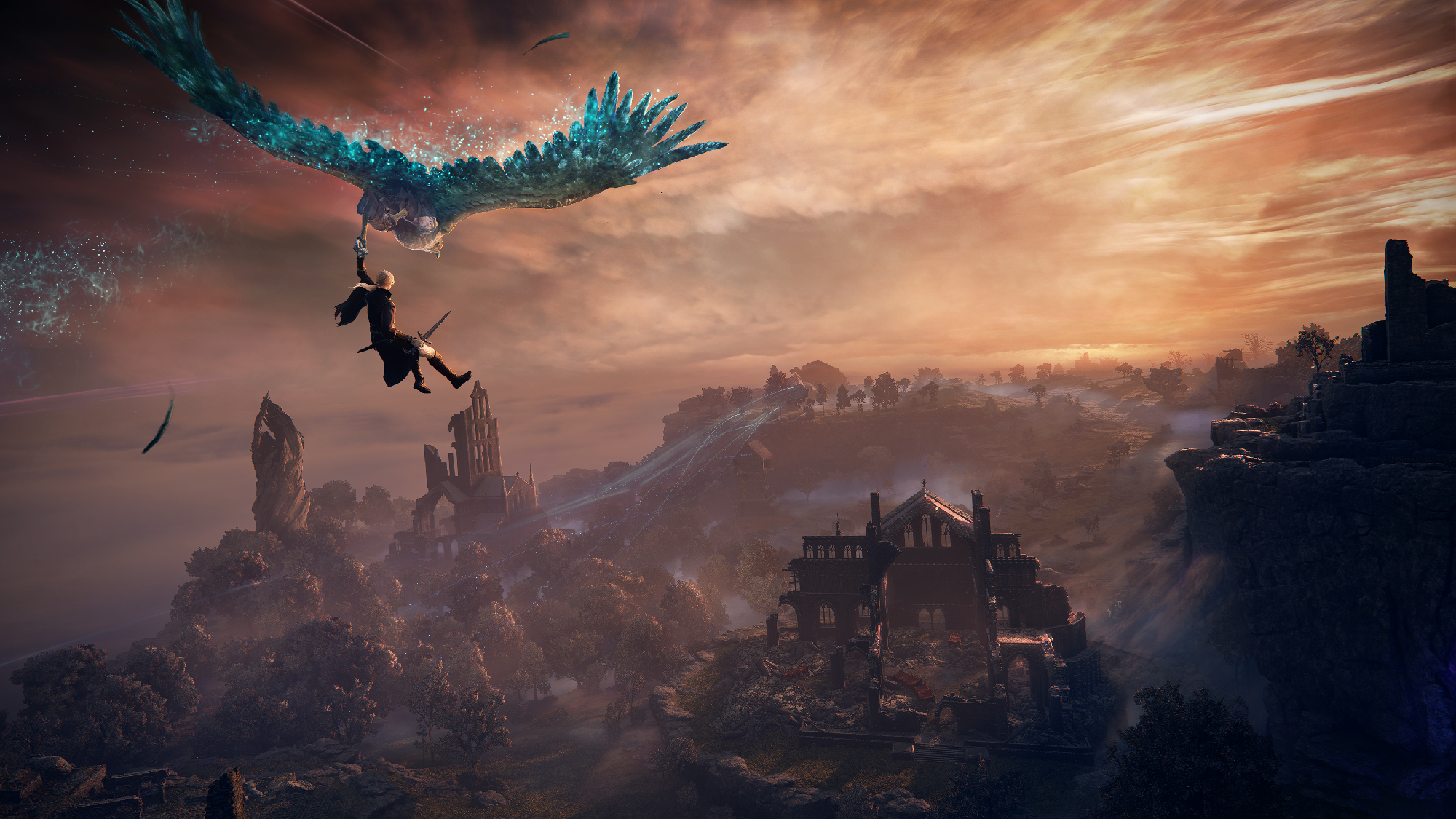
Without any major overarching narrative elements (that you can solve on your own or otherwise), Elden Ring Nightreign plops you into a story of survival. As already mentioned, you have just three days to suit up and attain levels to take on any of its eight Night Lords, and there's not a whole lot of time to do it.
Get instant access to breaking news, the hottest reviews, great deals and helpful tips.
Most of my 95+ runs tended to last anywhere from 40 to 50 minutes. How it works is you face two tough bosses at the end of each day and, provided you live long enough to make it to the third sunrise, you come face to face with an even more menacing foe that puts all others to shame.
Every run feels relatively different enough, up until around the 70-hour mark. The world of Limveld is supposedly "ever-changing," but it remains largely the same in some critical ways.
Sometimes you'll see newer night closing bosses — for instance, I only saw the Nameless King (a returning boss from Dark Souls 3) once — or you'll get varied upgrades along the way that change how you play.
It's in the Shifting Earth scenarios and random boss raids where things get interesting. These tend to follow the defeat of major Night Lords, or will spawn in randomly later into your time with Nightreign. Shifting Earths completely change the map, netting you particular rewards based on the environment.
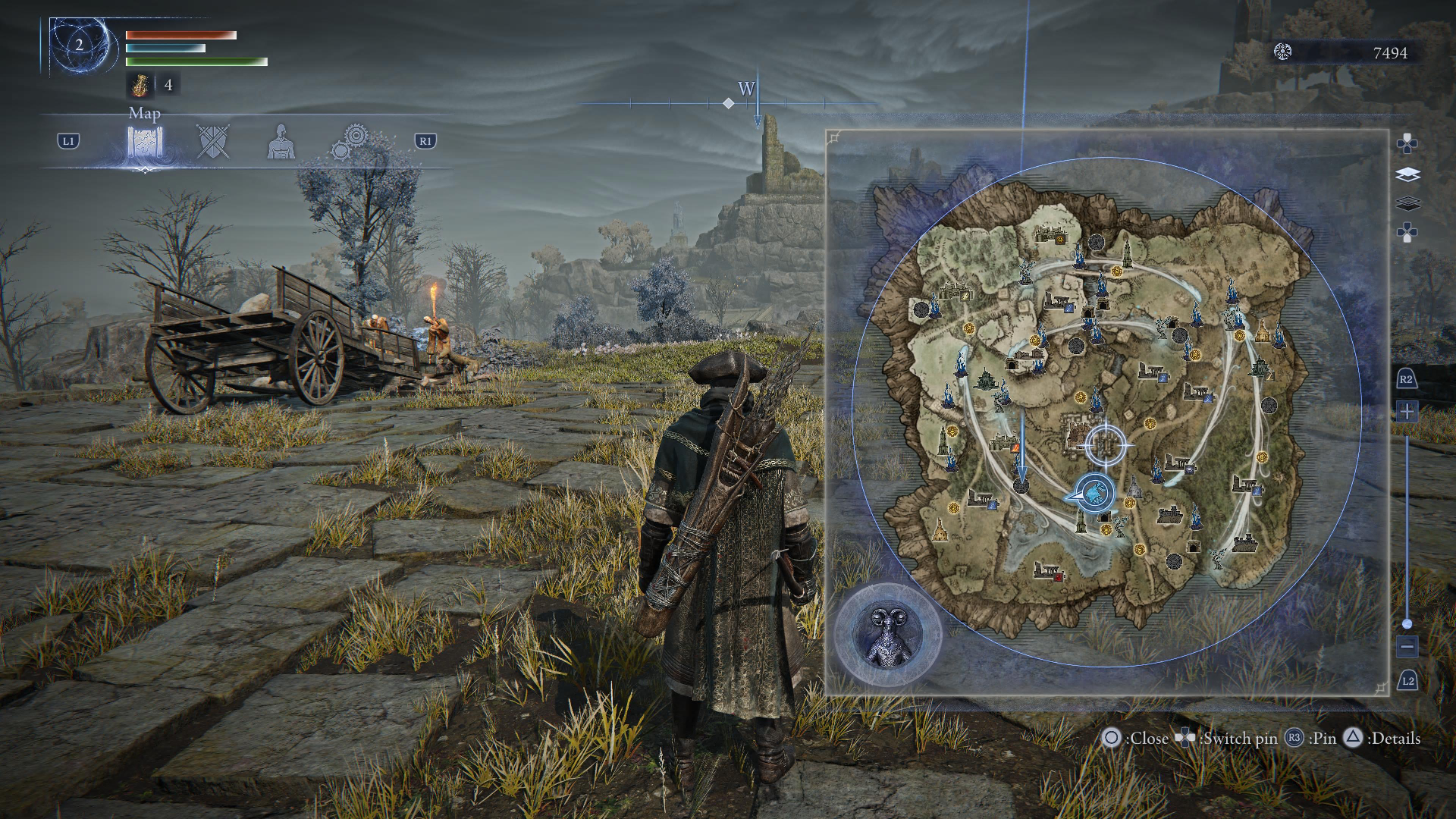
On the other hand, those aforementioned Raids can often change the run entirely. You might be in the middle of fighting a boss or trudging through the map to get a valuable item, like an extra flask that might prove vital against a Night Lord, when, out of nowhere, Margit the Fell Omen comes in to shake things up.
On paper, this might sound like something that scratches the itch for wary challenge-seekers. In practice, though, it often gets annoying — even despite the fact that Margit is relatively easy to beat. It's just an added encumbrance on top of an overly large map and the stress of a ticking clock nipping at your nerves.
Although there might be some alternative methods for getting around the map more easily, they don't always help in the end. I found myself using jump pads (known as Spiritstreams) the most versus the Spectral Hawks. The latter were often far too much out of the way and didn't always offer me the fastest route to my objective, which made navigation largely feel tedious at times.
Choosing the right Nightfarer
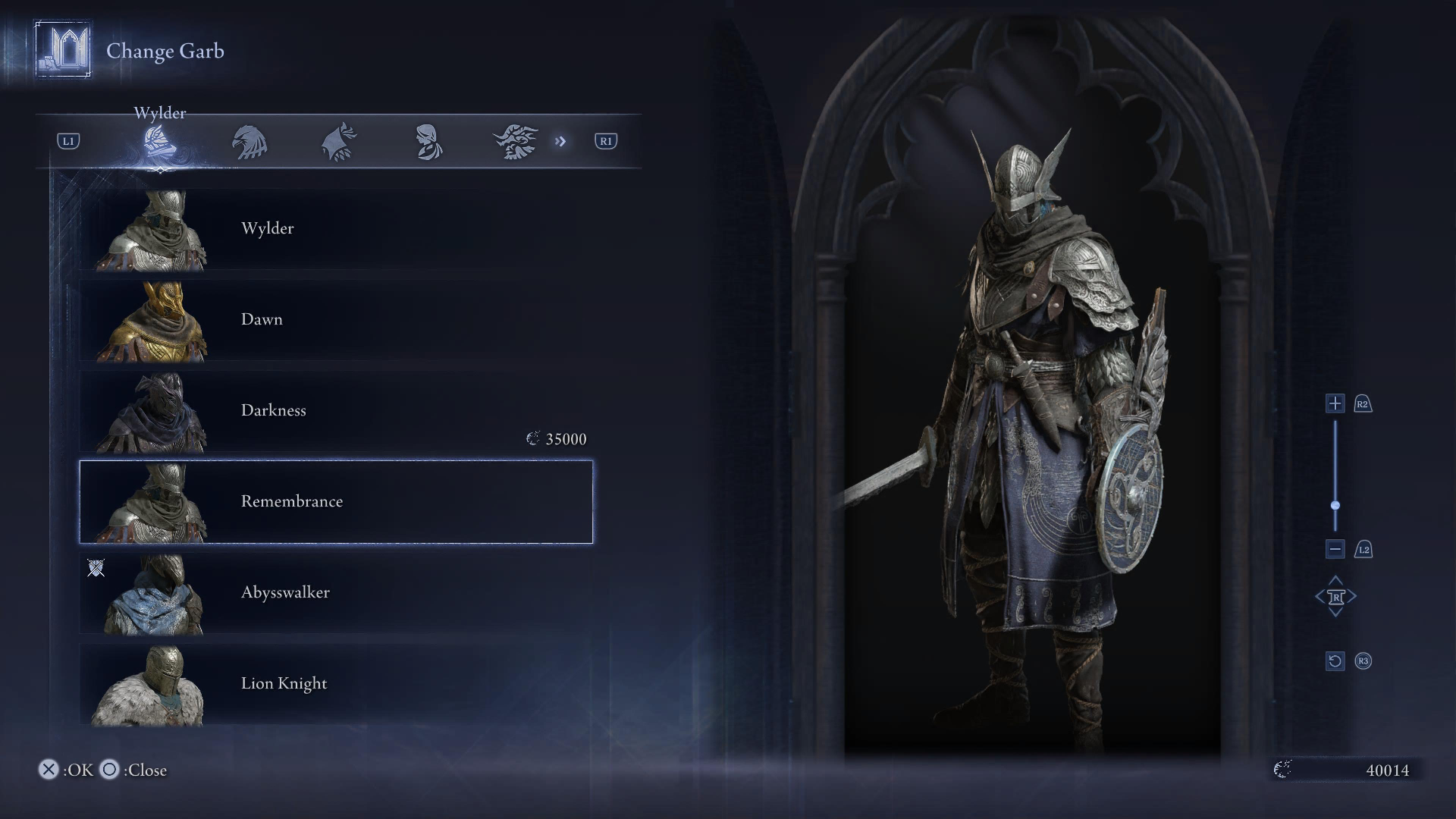
Much akin to the start of many a FromSoftware experience, Nightreign similarly offers players a list of characters to choose from. Except, this time your experience is largely fueled by that character's individual playstyle — meaning you don't have much of a say in that character's particular skillset.
Therefore, you're locked into one mode of play depending on the character you choose. Luckily, there's a lot to enjoy in this department. The range of eight Nightfarers includes Wylder, Executor, Iron Eyes, Revenant, Recluse, Guardian, Raider, and Duchess. Each has a Passive Ability, Character Skill, and Ultimate Art that match their playstyles.
I mostly played with Wylder and Executor, but also tried a bit of Revenant, Iron Eyes, and Recluse. Executor was one of my favorites, serving as the Nightreign-branded dex build and Sekiro insert of the bunch. He wields a trusty katana and an ultimate that allows him to turn into a monstrous beast that can do devastating damage to bosses.
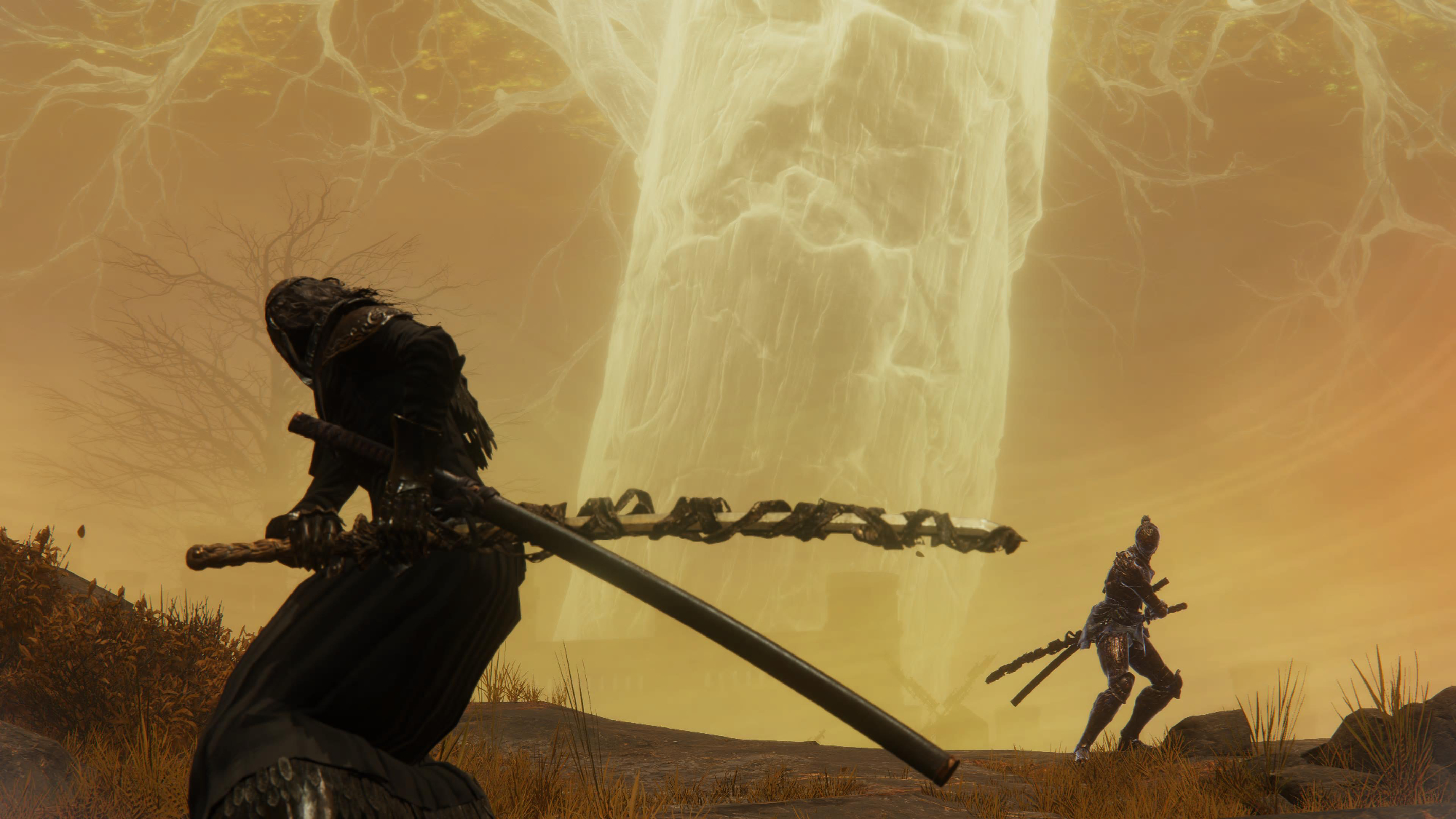
With Executor, I usually ran dual katanas for that incredible bleed buildup and with Wylder, I tended to use dual greatswords. I kind of enjoy power stancing in this game (as much as I did in Elden Ring and Dark Souls 2), and it's nice that you can even use weapons you don't want to wield to your advantage.
For instance, a weapon might not be the best for a particular build, but it could have better jump attacks as a passive ability. Even just keeping this in one of your slots will be highly beneficial, and it incentivizes you to constantly pick up new gear even if the item in question doesn't match your playstyle.
Ultimate Arts can prove the end-all be-all of an entire run. You'll have to wisely choose to either save an Ultimate for picking up fallen teammates or using it against bosses, just to get a good stagger in so your friends can wail on them. It's a tough balance and cooldowns often vary, but largely depend on the amount of landed attacks you make on a foe or even a fallen comrade.
Nightfarers also have some interesting story beats to dive into. Coined "Remembrances," these side missions expound on their motives and can bring you to some interesting places, granting you new skins and even some useful Relics. These can be used to upgrade characters for every run.
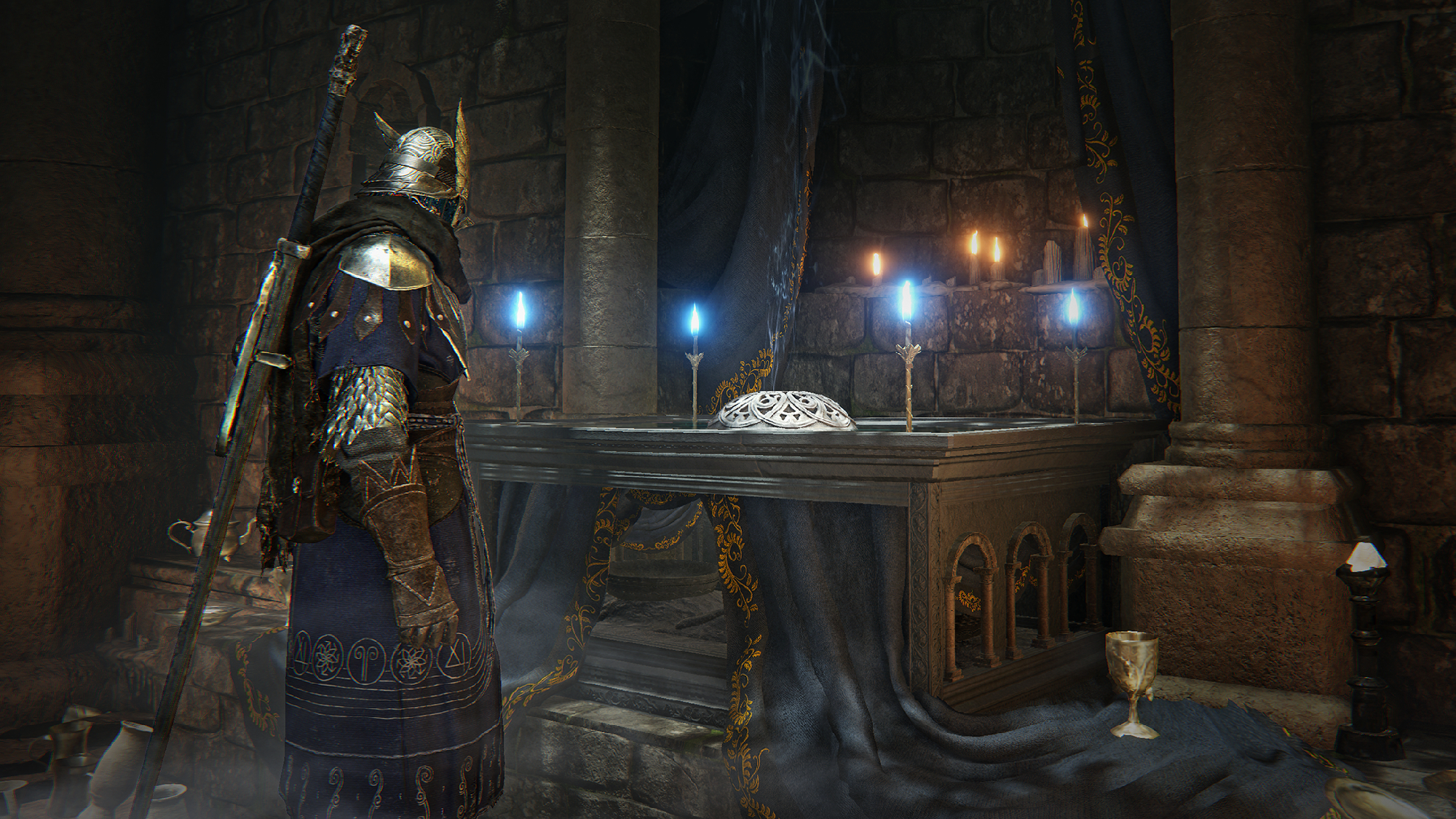
Relics are a handy way to incentivize runs. Whether you die or defeat a Night Lord, you're granted a list of rewarded Relics, which can grant you a variety of different things like boosted stamina or intelligence, heightened attack power when applying poison to foes, or granting fire to a weapon when using a Character Skill.
Although these can be incredibly important in your first few hours, after a while, repeat Relics become common, and even some new ones become entirely useless. Eventually, you'll find the ones that match your mode of play and simply roll with them — and that's kind of the end of them.

Elden Ring: Nightreign is a tough game to judge. It’s provided me with some of my favorite co-op gaming memories in literally decades, like the time Ryan, an industry peer, and I defeated one of the game’s toughest foes with barely a sliver of health remaining after three unsuccessful attempts. But the repetitive nature of each run can lead to lengthy stretches where you feel you’re going through the motions and making precious little progress. It’s an experience of highs and lows, but when the final Nightlord finally fell to my volley of arrows (and the cold steel of my co-op companions), I did find myself itching for just one more run. But heed my words, don’t venture into the night solo; you’ll need strong partners to defeat this challenge
A newness sorely lacking
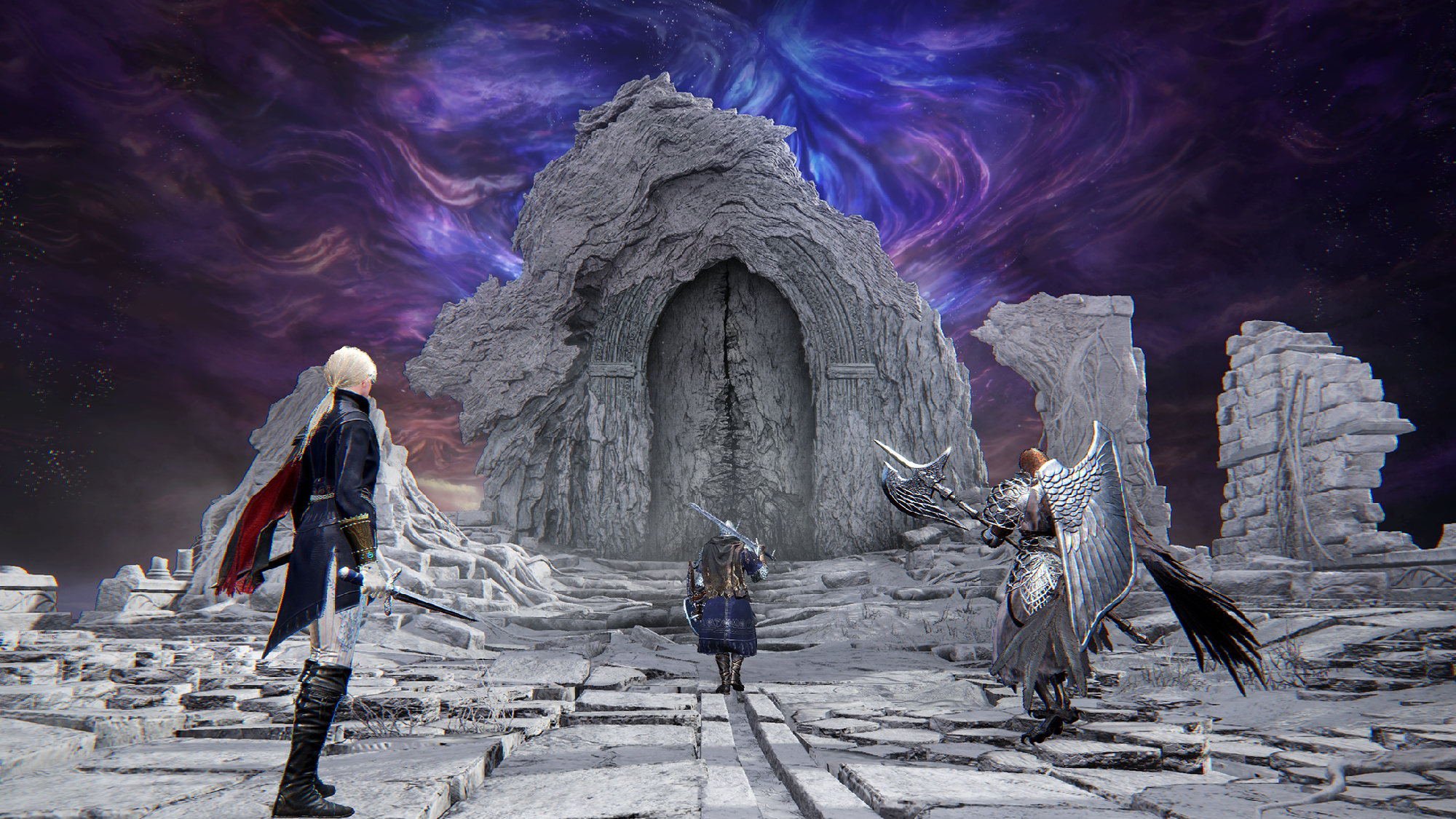
There's a lot to love here. As someone who has played all of FromSoftware's catalog, I was thoroughly excited to give this fresh spin a try and it's been a lot of fun, for the most part.
Despite the underlying enjoyment, there are a bevy of hindrances and the most glaring of them all is the fact that you really need a solid group of three to persist in this game. There's just no way anyone's going to run through Nightreign with just random players casually. If so, you'd have to get real lucky.
Communication is key in this game. While you can get by with simple markers and pings on the map, sitting in a voice chat makes this a total breeze. Otherwise, you can't accurately time when to use an Ultimate or specify where someone's going at a particular moment.
A major point of contention for me was picking up teammates. When another hero loses all of their health, they'll fall to the ground in a glowing purple hue and you'll have to hit them several times before they're rejuvenated. Although it might sound simple enough, it proves a little tedious given the lackluster in-game targeting and the minimal amount of stamina you have in this game.
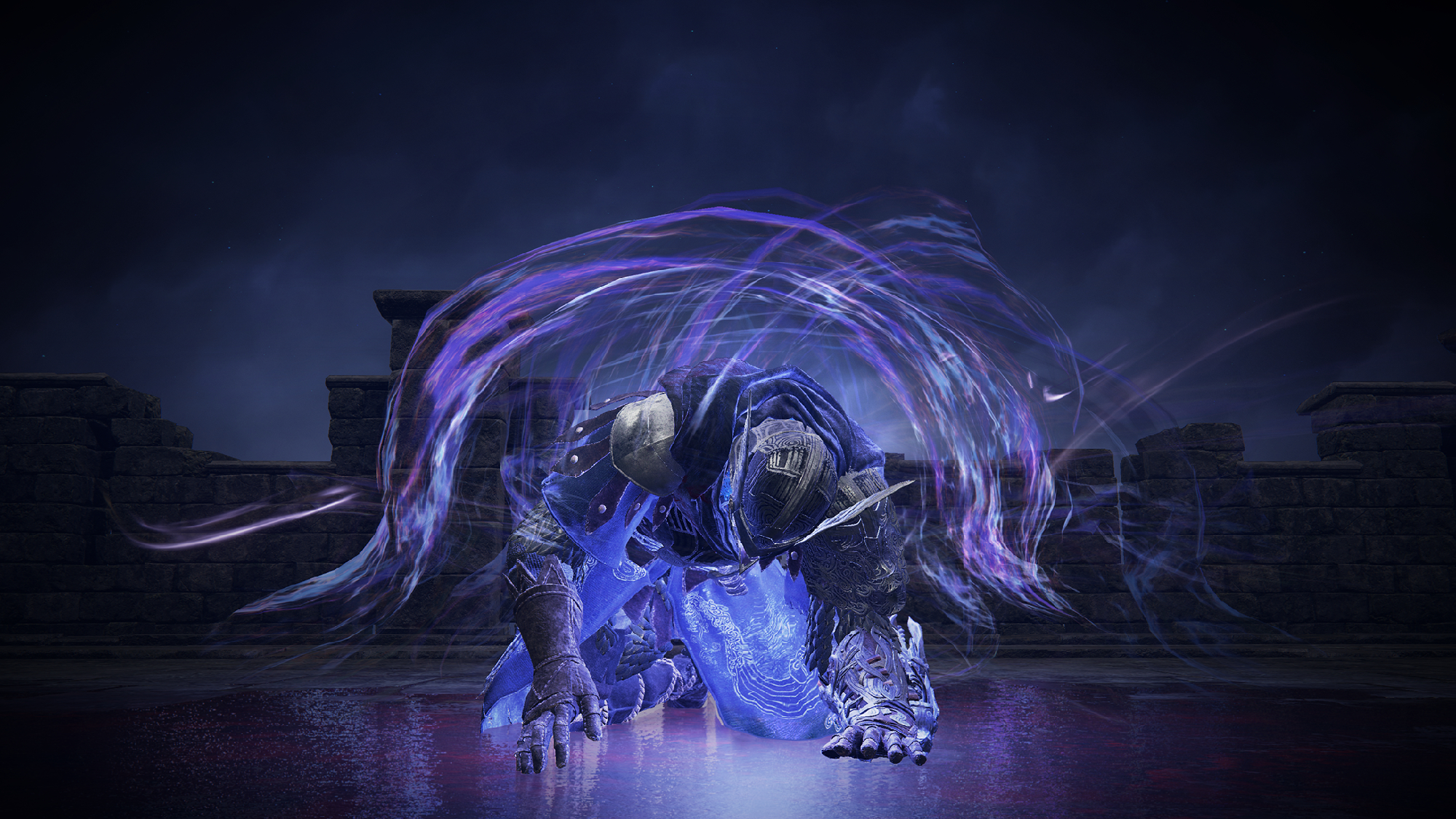
The stamina gauge in Nightreign is a huge misstep in my opinion. It's one of the biggest problems I had in most of my runs, always running out of stamina in the worst situations — largely because bosses jump around the map so much you have to run around to catch up with them, only for your stamina bar to deplete in seconds.
It would make more sense if you didn't have to expend stamina on dashes to get to bosses or use much less stamina in boss scenarios, making Night Lord fights and even night cap bosses feel a lot less time-consuming. I feel like a good portion of the time is spent waiting for my stamina gauge to replenish and with a couple of tweaks, I feel like this could easily be amended.
And one of my biggest gripes is not being allowed to buy more items at the final night market or even sell items to get some extra runes back. It prevents you from shifting all the useless gear you've accumulated over the run.
What this game needs the most, though, is duos. I truly don't understand why a solo mode was prioritized over duos — I guess for offline players, mostly, but I see a large side of the player base running with randoms or friends, for the most part. Duos could add such an awesome dynamic to this game, and I hope FromSoftware does end up adding this mode in a future update.
Elden Ring Nightreign: Verdict
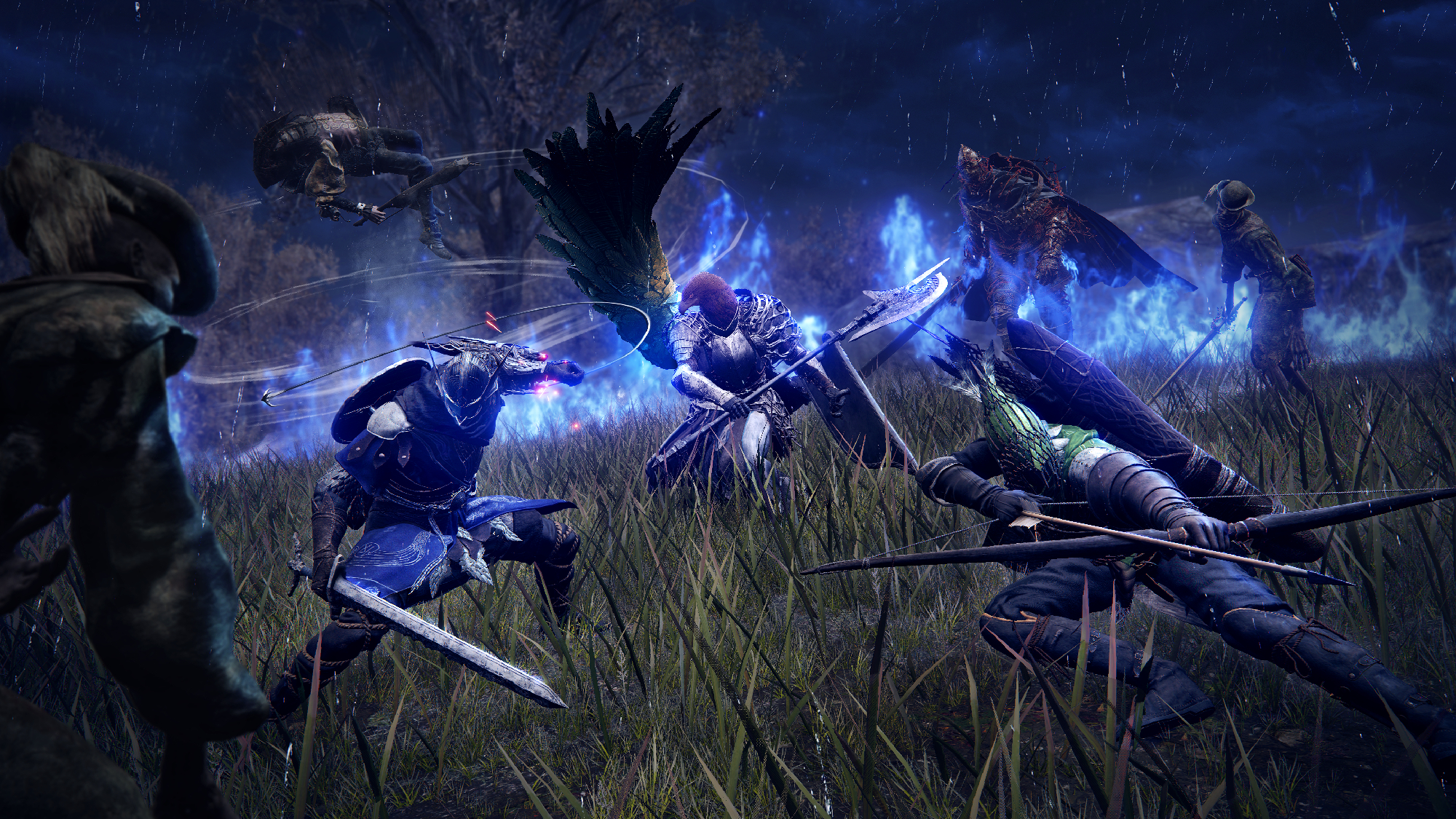
I could yap all day long about this game. Elden Ring Nightreign is totally different from anything FromSoftware has done before. It fits into a whole new mold, one that gives Souls veterans a seemingly never-ending challenge that will test their skills for years to come.
But after over 70 hours of gameplay, I feel I've seen pretty much everything Nightreign has to offer, and there's little else drawing me back in. Aside from playing with other Nightfarers and running their Remembrances, there's not much else here in terms of replayability and the relics I could garner won't amount to much against what I've already got.
I'll be around helping new players take down bosses, of course, but once I've seen them through the Night Lords, I don't see much else keeping me (and others) sticking around until future DLC. And that's a real shame coming from the spinoff of an experience that heralded hundreds of hours of enjoyment.

Ryan Epps is a Staff Writer under the TV/AV section at Tom's Guide focusing on TVs and projectors. When not researching PHOLEDs and writing about the next major innovation in the projector space, he's consuming random anime from the 90's, playing Dark Souls 3 again, or reading yet another Haruki Murakami novel.
You must confirm your public display name before commenting
Please logout and then login again, you will then be prompted to enter your display name.

